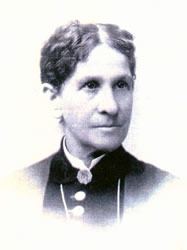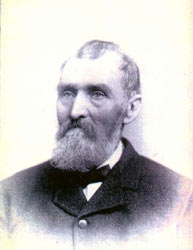
Gladstone, Oregon
The Pow-Wow Bigleaf Maple Tree 

Isabella and Peter Rhinearson, circa1882. Courtesy Gladstone Historical Society.
history continued
Later explorers and traders brought diseases and epidemics that took a heavy toll on the native population and the tribes dwindled to near extinction. When nearby Oregon City was founded and the area’s population began to grow, the European settlers petitioned the government to remove the native inhabitants from the land. The government responded by forcing the remaining tribes to relocate to reservations. With the resettlement of the land, the Native American burial ground and racetrack once adjacent to the Pow-Wow Tree was lost. The tree stands today as the last reminder of the native presence in the area.
The earliest homesteads in Gladstone were donated land claims granted to the Cason and the Rinearson families by President Abraham Lincoln. In 1845, Peter M. Rinearson and his family received the land between Jennings Lodge and the Clackamas River and between the Willamette River and Portland Avenue, which included the site of the Pow-Wow Tree. Rinearson converted the former Native American racetrack for use as an exercise and training ground and began breeding racehorses on the site. In 1860, the first Clackamas County Fair was held on Rinearson’s property. The Pow-Wow Tree, which marked the entrance to the fair, once again became the site of social activity. The tradition continued the following year when the first Oregon State Fair took place on the site.